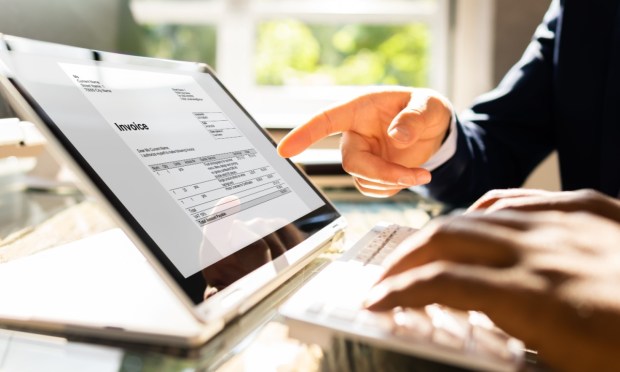
No two businesses are exactly the same. In that sense, they join the rarified air of fingerprints and snowflakes.
But nearly all businesses do share one thing in common: the ways in which they pay, and are paid, is fundamental — and in many ways, definitional — to their business strategy. And at the center of the ways in which firms transact with one another is the invoice.
An invoice that, in the year 2024, is frequently paper-based and loaded down with manual processes for both buyer and supplier, making it ripe for digital innovation.
That’s why organizations like the Digital Business Networks Alliance (DBNAlliance), a nonprofit created to oversee the work of the Business Payments Coalition (BPC) and Federal Reserve Financial Services, are creating digital exchange networks to establish standard reporting workflows around electronic business-to-business (B2B) invoices, speeding B2B payments and reducing errors.
After all, the sheer variety of businesses out there shaping local economies around the world means that B2B payments and their associated workflows come in a complex array of different flavors, as does the data essential for initiating, processing, reconciling and accounting for any B2B transactions. This complexity, which also includes different regulatory requirements around the world and in various markets, makes it challenging for certain B2B payment innovations to scale.
The end result? B2B buyers and suppliers tend to transact with what works best for them, using the same methods they always have.
Still, traditional B2B invoicing methods often involve manual processes, paper documents, and outdated, monolithic systems that can frequently lead to workflow bottlenecks and create unnecessary inefficiencies due to human error.
To address these challenges and make the exchange of B2B documents smooth and frictionless, firms are becoming interested in standardizing invoicing formats and promoting interoperability between different systems and platforms.
Read more: New Milestone for US E-Invoicing Could Pave Way for Paperless B2B Payments
“Not every buyer is going to pay all of their suppliers the same way … unlike traditional consumer payments, where there’s a standardized way in which consumers pay and merchants get paid — within the B2B arena, no two buyer-supplier profiles are the same,” Dean M. Leavitt, founder and CEO at Boost Payment Solutions, told PYMNTS.
But standardization enables different systems, platforms and participants to exchange payment-related information efficiently. It offers many benefits, particularly around B2B payments. By adhering to common standards, businesses can seamlessly communicate with their trading partners, financial institutions and payment service providers, regardless of their underlying technologies or infrastructures.
Just this month, PYMNTS examined the burden that payment delays put on small and medium-sized businesses (SMBs), with close to one-third of them bogged down in manual processing for the ad hoc payments that account for nearly two-thirds of their revenue. The drag that this is having on SMB cash management is driving SMBs to turn a corner, with many considering the adoption of modern cash management tools, from instant payments to unified platforms.
After all, PYMNTS Intelligence in the inaugural edition of “The 2024 Certainty Project Report” finds that uncertainty, particularly around payments, costs middle-market companies more than $20 million on average.
The ability of digital invoicing to increase the speed and security of firms’ procure-to-pay cycles, as well as enable insights into real-time cash management and working capital, could be significant compared to the resource lift required for existing B2B payments.
Read also: Digital Innovation Continues to Shift B2B Healthcare Market
Innovation is coming for the B2B space, and even some of the most cutting-edge advances like artificial intelligence (AI) are finding areas to improve and optimize within B2B processes.
“With deep learning and advancements in computer vision, AP [accounts payable] tasks are very automatable compared to where they were 10 years back — it has made a huge difference,” Krishna Janakiraman, head of engineering at Ottimate, told PYMNTS. “There is a tremendous amount of efficiency that could be driven through using AI when it comes to automating the digitization of paper invoices.”
But, at the end of the day, innovation for the sake of innovation does not a sustainable B2B payments strategy make. Firms need to assess what is best for their organization — and their B2B partners, some of whom may not be willing to be join in on a digital transformation. It is crucial for B2B firms to work with their banks, FinTechs, and technology providers to identify the strategy and approach to B2B payments optimization that is right for them.
For further reading, “The Future Of Payment Innovation Report,” a PYMNTS Intelligence and Plastiq collaboration, explores how firms with revenues between $500,000 and $100 million can use payments innovations to future-proof their business.